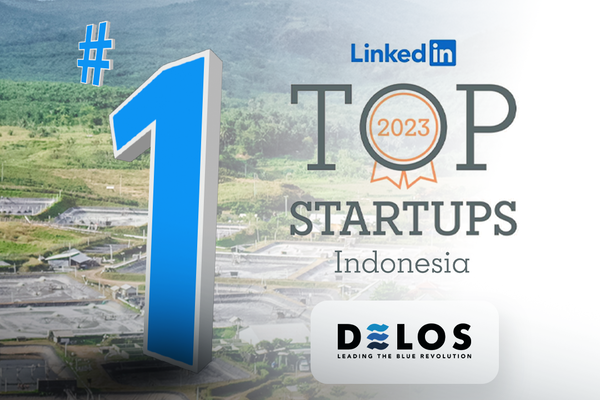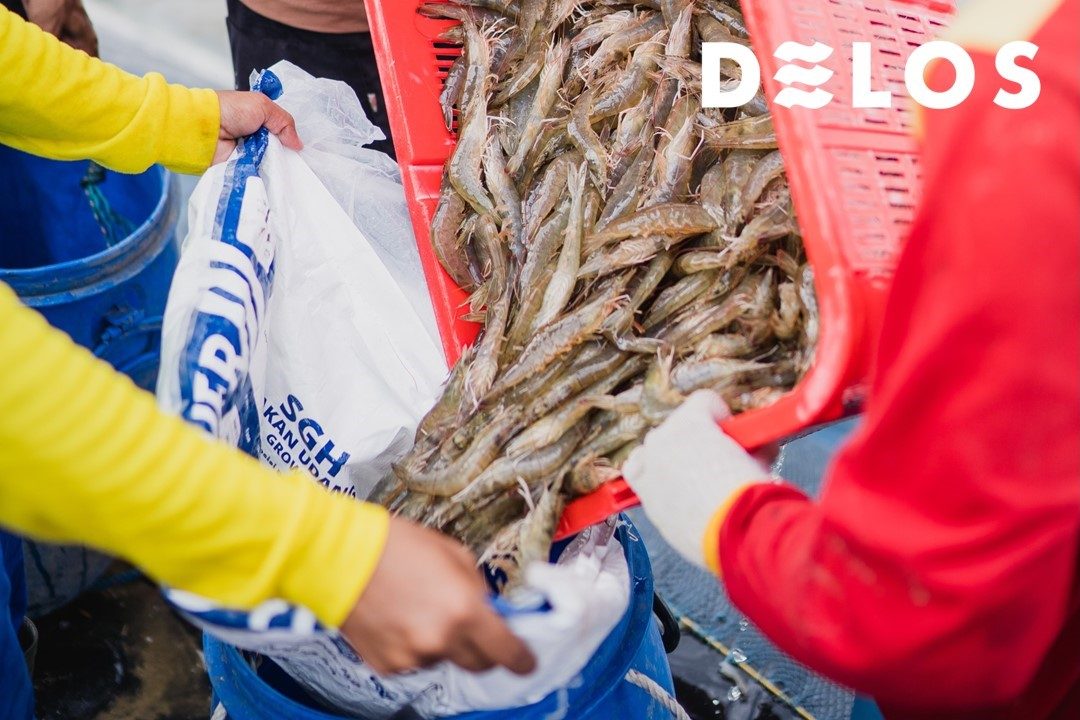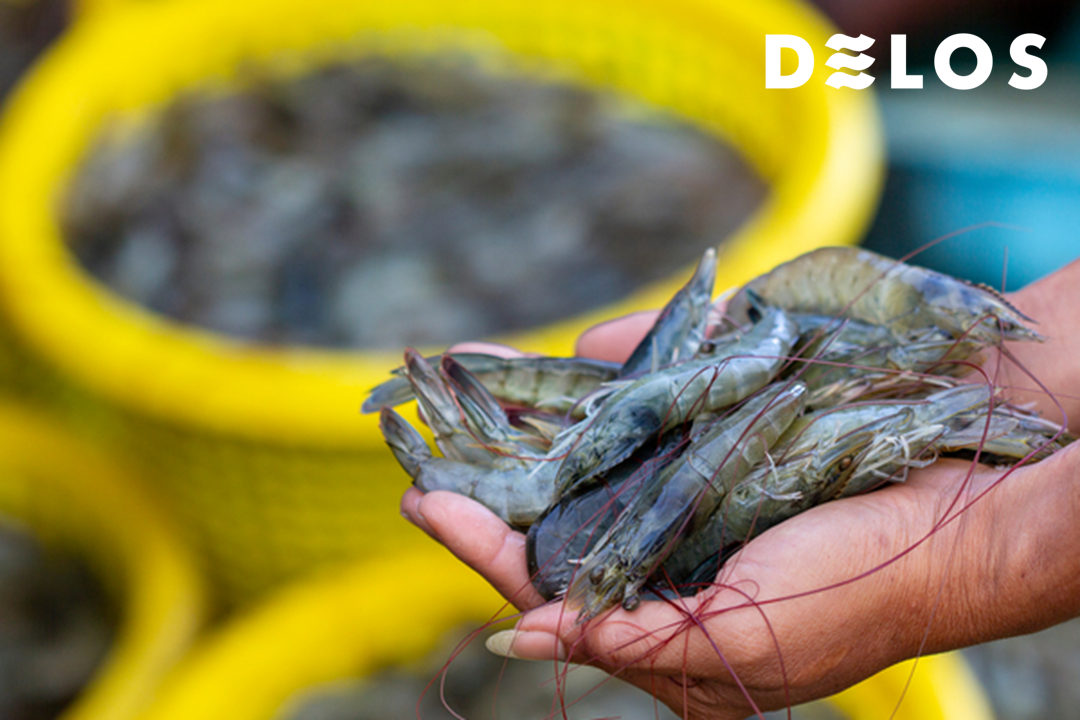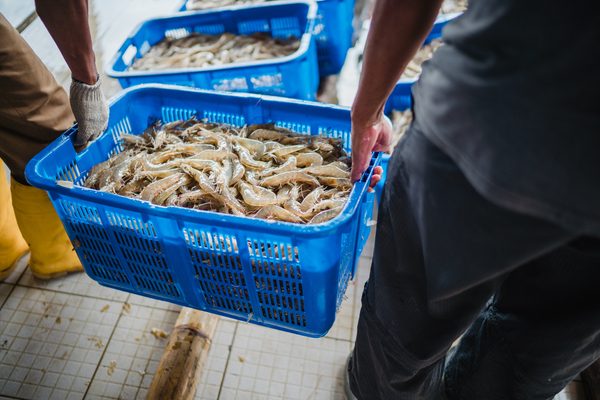DELOS Secures Top Spot in LinkedIn Top Startups Indonesia 2023
Jakarta, September 27, 2023 – DELOS, a science and technology-based aquaculture startup, proudly announces its remarkable achievement of ranking number 1 in LinkedIn’s Top Startups Indonesia 2023.
LinkedIn Top Startup is an annual award presented by the LinkedIn platform to startups in various countries. Selection is made directly by the LinkedIn team based on indicators such as workforce growth, engagement on the company’s LinkedIn page, job interest, and attractiveness to top global talent.
“I am immensely proud of this achievement. This recognition serves as tangible evidence that our hard work, team commitment, and vision for the Indonesian aquaculture industry are bearing fruit and making a positive impact on society,” stated Guntur Mallarangeng, CEO of DELOS, on Wednesday, September 27, 2023.
DELOS has achieved several significant milestones, including:
1. Extraordinary Team Growth
Since its inception to the present day, DELOS has experienced rapid growth, with over 100 new employees joining us in pursuit of a common goal: the Blue Revolution. DELOS is committed to continually creating new job opportunities and providing a platform for individuals, especially coastal communities, to contribute to the advancement of the aquaculture industry in Indonesia.
2. Community Interaction and Support
DELOS has successfully garnered impressions from the LinkedIn community, amassing over 600,000 impressions and positive interactions with our company. Various educational content and shrimp farming tips shared on the LinkedIn platform, serve as evidence that DELOS’s vision of educating, inspiring, and bringing positive change to the aquaculture industry has been well-received by the public.
3. Significant Increase in Followers
Over the past year, DELOS has also witnessed a more than 300% increase in followers on the LinkedIn platform. This demonstrates the growing interest of the public in the aquaculture industry, considering DELOS is one of the key players in this sector.
Guntur also noted that over the past year, DELOS has experienced extraordinary growth and impressive achievements, all of which would not have been possible without the hard work and dedication of all “Prawnstars,” the term used to refer to DELOS employees.
“We are deeply grateful to all the Prawnstars who have dedicated themselves and played a crucial role in DELOS’s journey, as well as all those who have supported and shown enthusiasm for our mission,” added Guntur Mallarangeng.
Furthermore, as a modern aquaculture startup, DELOS is committed to creating a comfortable, supportive work environment that provides equal opportunities for all employees. Since its establishment in 2019, DELOS has successfully increased the productivity of shrimp farms in Indonesia, prevented and managed shrimp disease outbreaks, and empowered local communities around shrimp farms.
Currently, DELOS is focused on its plan to export shrimp to the global market through AquaLink, bringing domestically produced shrimp into competition with shrimp from various countries around the world.







